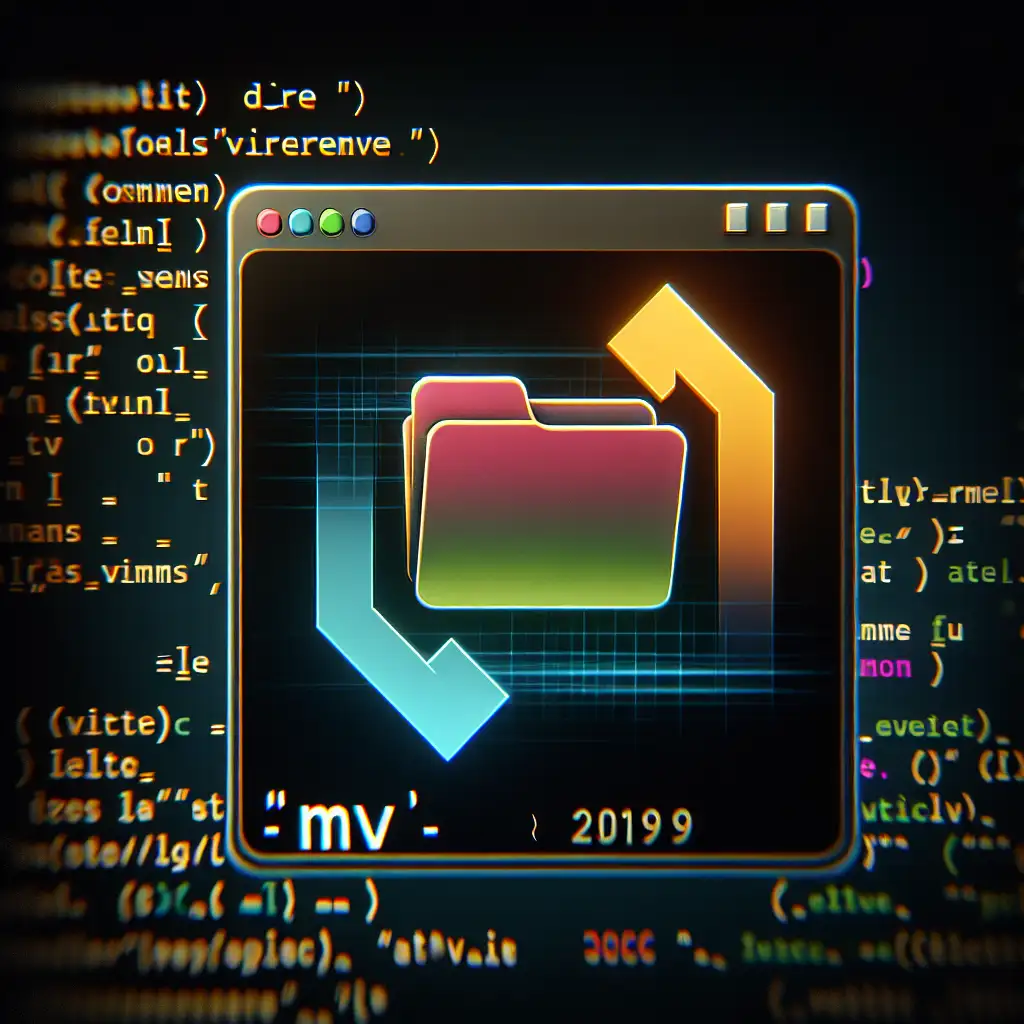Mastering the Linux mv Command: Reliable Strategies for File Movement
Experienced engineers know: operational reliability depends on mastery of core tools. Seemingly straightforward operations—like moving files in the terminal—are the cause of unexpected outages and data loss in both personal scripts and production automation.
Consider this scenario: you’ve automated a pipeline dumping daily logs into /var/log/myapp/; once a week, you move them to a central archive. A one-line mistake in mv—say, forgetting an option—results in overwritten logs or unintended directory merges. Worse, batch operations may quietly fail or discard data with zero warning.
Understanding mv (tested: GNU coreutils 8.32, Kernel 5.15) is non-negotiable.
Syntax and Meaning: The Real Basics
Nothing fancy here—the command is deterministic.
mv [OPTIONS] SOURCE... DEST
- SOURCE: File or directory to move/rename. Accepts multiple sources.
- DEST: Target directory or new filename.
Typical patterns:
mv report.log /srv/archive/
mv result1.txt result2.txt /tmp/results/
mv data.csv data-20240610.csv
mv renames when DEST is a file path, or moves files when DEST is a directory.
Avoiding Disasters: Overwrites, Data Loss, and Atomicity
Default mv will overwrite DEST without warning.
Prevent loss:
Use -i (interactive):
mv -i hosts /etc/
# Output: mv: overwrite '/etc/hosts'?
Automated scripts? Prefer -n (no-clobber):
mv -n *.conf /etc/myapp/
Backup on collision (-b):
mv -b config.yaml /etc/
# If /etc/config.yaml exists, preserved as config.yaml~
Set VERSION_CONTROL=numbered for numbered backups (rare, but invaluable in migration scripts):
export VERSION_CONTROL=numbered
mv -b settings.toml /etc/app/
# Creates settings.toml.~1~, settings.toml.~2~, ...
Path Handling: Precision Matters
Script fails typically stem from unreliable path construction.
Absolute paths expose failures:
mv /tmp/cache/output.dat /var/data/import/
Relative paths depend on $PWD; don’t trust them in cron, CI/CD, or ephemeral shell sessions.
Known Issue: mv does not create parent directories. If you attempt:
mv file.txt /tmp/missing/dir/
You’ll see: mv: cannot move 'file.txt' to '/tmp/missing/dir/': No such file or directory.
Remedy: Ensure directories exist or use install -D if move-and-create is required in script chains.
Batch Moves and Renames: Don't Repeat Yourself
Bulk operations should use shell expansions:
Renaming extension on all .log files (awkward for 1000+ files):
for f in *.log; do
mv -- "$f" "${f%.log}.old"
done
Or use rename if installed (rename.ul, util-linux 2.36+):
rename 's/\.log$/.old/' *.log
Moving with directory merge: mv will merge directories if they exist at the destination; conflicting files in tree will be overwritten without warning unless -i specified. Test on non-production data.
Monitoring Progress: Verbosity and Logging
Critical for troubleshooting batch moves.
mv -v *.csv /data/archive/
# Shows each operation.
For scripted automation, redirect stderr:
mv files/* /mnt/target/ 2>>/var/log/move-errors.log
Logs are your audit trail; insufficient logging is a common root cause in file loss post-mortems.
Gotchas: Multiple Sources and Directory Targets
Misordering arguments can silently mangle your data layout.
Wrong: (accidentally renames file2.txt to newfile.txt, moves file1.txt as usual)
mv file1.txt newfile.txt file2.txt /data/
Right: All sources, then directory as last argument.
mv file1.txt file2.txt newfile.txt /data/
mv errors if last arg isn't a directory and you pass multiple sources:
$ mv a.txt b.txt notadir
mv: target 'notadir' is not a directory
Reference Table: Key Options
| Option | Purpose |
|---|---|
-i | Interactive prompt on overwrite |
-n | Never overwrite existing files |
-b | Backup overwritten files (adds ~ or number) |
-v | Verbose (show each file move) |
--backup=CONTROL | Fine-tune backup method (simple, numbered) |
Non-Obvious Tip: Moving Large Files Atomically
On the same filesystem, mv is atomic—a single inode link change. Crossing filesystems (/tmp → /mnt/remote/), mv performs a copy+delete, raising risks if interrupted (partial files at destination, originals deleted). Always verify with checksums:
sha256sum source dest
Side Note: SELinux and Extended Attributes
On systems with SELinux, mv may preserve or change context silently, affecting access:
ls -Z /var/www/html
Verify context after moving into web directories.
Summary
- Use absolute paths in scripts for reliability.
- Always consider
-ior-nflags to avoid destructive overwrites. - Monitor all bulk operations with
-vand stderr logging. - Be aware of filesystem boundaries—atomicity is not guaranteed across mounts.
- Directory merges can be hazardous; confirm your script logic and destination structure before production edits.
Routine operations aren’t trivial once scale or automation is introduced—proficiency with mv is foundational for stable Linux systems.
For deeper control in complex migrations, consider rsync (with --remove-source-files) as an alternative.
